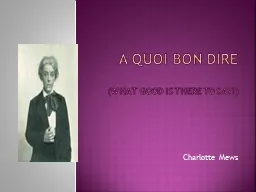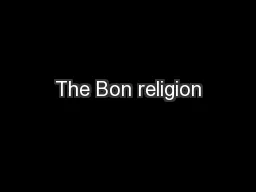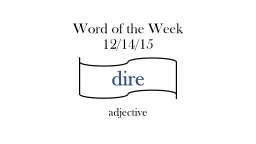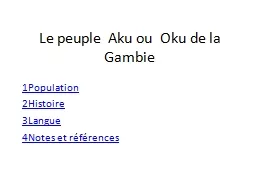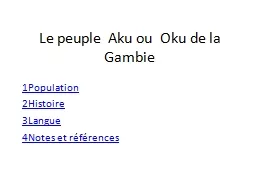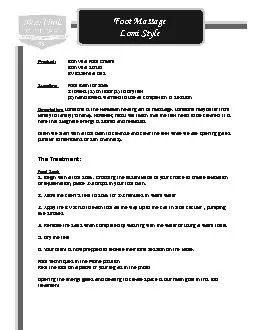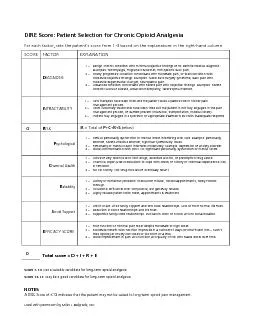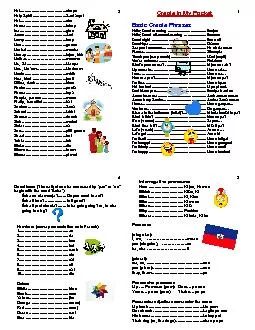PPT-A Quoi Bon Dire
Author : luanne-stotts | Published Date : 2016-03-22
What good is there to say Charlotte Mews First response Read the poem on you own Write down your first responses to it How does it make you feel What do you think
Presentation Embed Code
Download Presentation
Download Presentation The PPT/PDF document "A Quoi Bon Dire" is the property of its rightful owner. Permission is granted to download and print the materials on this website for personal, non-commercial use only, and to display it on your personal computer provided you do not modify the materials and that you retain all copyright notices contained in the materials. By downloading content from our website, you accept the terms of this agreement.
A Quoi Bon Dire: Transcript
Download Rules Of Document
"A Quoi Bon Dire"The content belongs to its owner. You may download and print it for personal use, without modification, and keep all copyright notices. By downloading, you agree to these terms.
Related Documents

